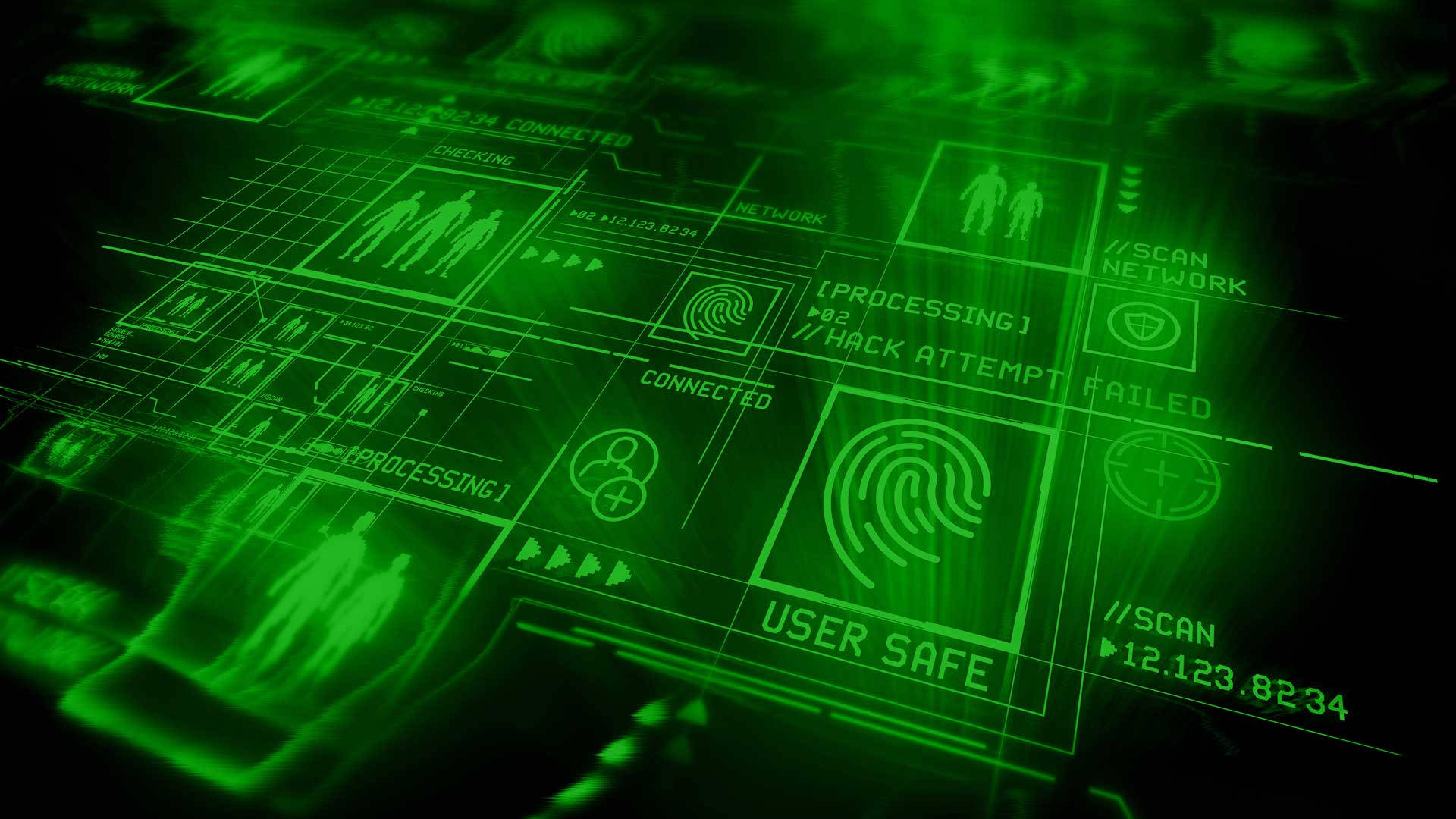How to Create a Cyber Event Reaction Plan
How to Create a Cyber Event Reaction Plan
Blog Article

In this digital landscape, the importance of cybersecurity cannot be overstated. As businesses increasingly rely on technology to support their operations, they also face the growing threat of cyber attacks. From data breaches to ransomware, the types of events that can impact a business are vast and ever-evolving. This fact underscores the need for a robust cybersecurity incident response plan, which serves as a critical framework for managing and mitigating the effects of potential security breaches.
Creating an effective incident response plan is essential for any organization, regardless of size or industry. Such a plan not only outlines the steps to take when a breach occurs but also helps to establish clear roles and responsibilities among team members. By being prepared, businesses can lessen damage, decrease recovery time, and ultimately protect their valuable assets. In this article, we will explore the key components of an incident response plan and provide guidance on how to create a comprehensive strategy that ensures your organization can respond swiftly and effectively to cybersecurity incidents.
Understanding Cyber Security Dangers
Cybersecurity dangers have adapted significantly over the years, adapting to innovative technologies and changing user behaviors. These risks can come in diverse forms, including malware, phishing attacks, ransomware, and insider threats, each posing unique issues for organizations. Comprehending the realm of cybersecurity threats is crucial in formulating effective response strategies that can mitigate potential damages.
One of the most prevalent types of risks is malicious software, which includes computer viruses, worms, and trojans. These dangerous programs can invade systems, leading to data damage, theft, or illegal access. Ransomware is a particularly alarming variant that blocks users out of their systems or files and demands a ransom for restoration. Organizations need to notice the warning signs of malware and implement robust protection measures.
Phishing attacks represent another significant threat, often focusing on individuals through deceptive emails and messages that fool users into revealing private information or interacting with malicious links. Additionally, internal threats, which can arise from employees deliberately or unintentionally compromising security, add another layer of challenge. By understanding these diverse risks, organizations can better prepare their incident response plans to handle incidents promptly and successfully.
Formulating an Incident Management Approach
Devising a comprehensive incident management plan is crucial for efficiently managing security dangers. The strategy should begin with identifying the extent of crises that the organization is potentially to face, comprising potential threats including harmful applications, phishing, and data compromises. By recognizing these dangers, organizations can adapt their response strategies to manage specific threats, making sure that they are prepared for various scenarios.
Next, establish a thorough management structure that outlines the responsibilities and tasks of personnel. This structure should consist of appointed incident reaction personnel who are trained to address specific types of incidents. Clear dialogue channels are essential within this system to enable prompt communication and decision-making during a cyber event. Regularly revising this structure to incorporate changes in composition or threat landscape is also vital for maintaining an competent management capacity.
In conclusion, conduct frequent drills and mock scenarios to assess the crisis management approach. These drills give personnel to perform their roles and comprehend the overall response approach. The findings of these exercises provide critical feedback into potential gaps in the strategy, enabling continuous enhancement. By fostering a culture of readiness and durability, organizations can boost their ability to respond quickly and effectively to cybersecurity incidents.
Testing and Revising the Strategy
Consistent testing of your cybersecurity incident reaction plan is vital to guarantee its efficiency. Conducting simulated incidents allows your group to exercise their roles and responsibilities in a safe setting. This testing process aids uncover any flaws or vulnerabilities in the plan, making it simpler to resolve them before a genuine crisis occurs. It also helps that all staff members are acquainted with their roles, contact protocols, and the resources they will use during an authentic incident.
Cybersecurity Program
Revising the incident response strategy should be a constant process that takes place alongside any modifications in your organization’s tech, framework, or personnel. As new risks and vulnerabilities emerge, it is crucial to update the plan to incorporate these updates. Regular reviews, optimally on an yearly basis or after major incidents, will maintain the plan's importance and effectiveness. Engaging all interested parties during these updates will bring different perspectives and insights that can strengthen the overall reaction plan.
Finally, cultivating a climate of information security consciousness within your organization will support the ongoing improvement of the crisis reaction strategy. Motivate staff to report any questionable behavior and offer training on identifying possible risks. This proactive approach enhances the organization's overall cybersecurity posture and guarantees that all members plays a part to the success of the crisis response plan. A well-informed team is more prepared to react quickly and effectively when crises happen, minimizing potential damage and restoration duration.
Report this page